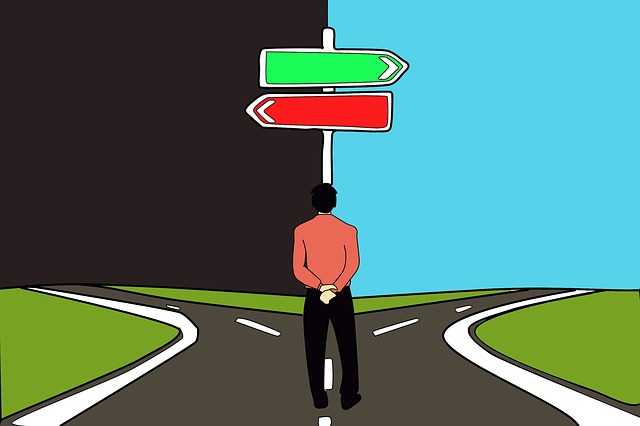Thoughts on "Confirmation Bias"
By: Jeff Stern

I recently attended the annual symposium on Dispute Resolution, convened by the Dispute Resolution Section of the Massachusetts Bar Association. One of the speakers displayed a graphic that was sufficiently compelling that I immediately requested a copy. It portrays a cow with its front legs on one side of a fence and its hindquarters on the other, with the caption “Overconfidence.” (Hopefully, no cow was actually harmed in creating the photo). Overconfidence, of course, is an issue that mediators confront on daily basis. I see it, however, as one aspect of a broader (and often more subtle) phenomenon, that psychologists term “confirmation basis.” In doing a bit of research on this topic, I encountered multiple references to a 2011 book by Daniel Kahneman, called “Thinking Fast and Slow.” Kahneman postulates “Type 1” thinking (fast, instinctive, emotional) and “Type 2” thinking (slow, deliberative, logical). In my 41 years of trying cases, I think that I harbored the belief (or perhaps hope) that jurors engaged only in Type 2 thinking. And often they do, but of course not always. And that brings me to the subject at hand.
Simply stated confirmation bias is the innate (and quite universal) characteristic of taking in and processing information in a way that confirms what we already believe to be true. The converse, of course, is filtering out contradicting information e.g. by not seeing it or hearing it, by ignoring it, or by discrediting it. Confirmation bias takes many forms (beyond the scope of this article to describe) and has clear and important consequences. Perhaps the most obvious in current times is the ever-increasing polarization of political viewpoints, resulting in no small part from the wide-spread tendency to live in ideological silos, as exemplified by viewers of Fox News and MSNBC. Another example is in medicine, where Jerome Groopman wrote in a 2007 article about the importance (for preventing negligent mis-diagnosis) of training physicians to affirmatively look for evidence that contradicts or contra-indicates their initial diagnosis.
In mediations, confirmation bias shows up in numerous ways. The most obvious is in over-estimating the chance of winning at trial, even in the face of known data, especially as to personal injury cases. One of my favorite examples of this kind of overconfidence is a widely cited Swedish study in which 93% of drivers believed that they were at or above the median level of driving ability. And of course, mediators can also be guilty of overconfidence. Another kind of confirmation bias is the importance of primacy. In a number of mock trial studies, for example, it was shown that mock jurors made tentative decisions on the basis of opening statements and deviated from those decisions quite rarely. In a mediation context, a related phenomenon is called “anchoring,” particularly in relation to numbers. It is, I think, one reason why we hear numbers early on that both attorneys know to be unrealistic. The effect of this common practice, however, can be pernicious, making it difficult for the client to accept as fair or wise the prospect of settling at a number far different from the number to which he or she had become “anchored.”
Confirmation bias is pervasive and unavoidable, but awareness of it is often critical in getting our job done as mediators. It helps me to keep in mind this bit of wisdom from George Carlin: “Have you ever noticed that anybody driving slower than you is an idiot, and anyone going faster is a maniac?”
